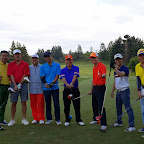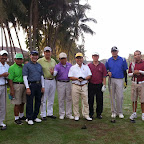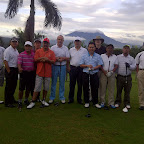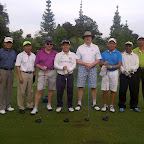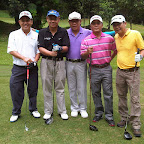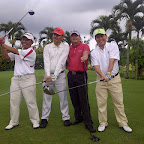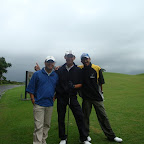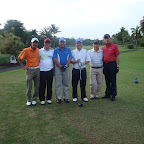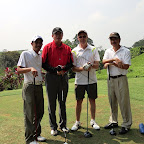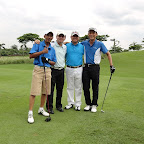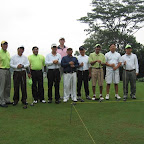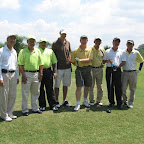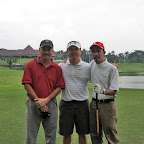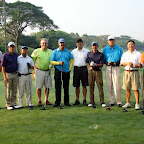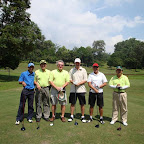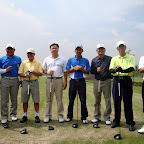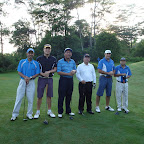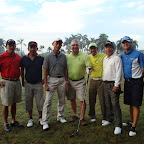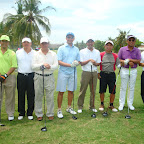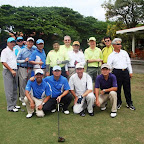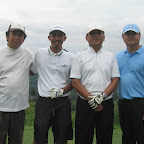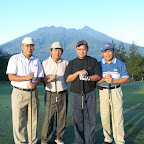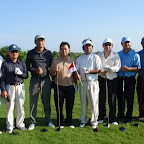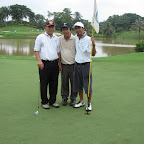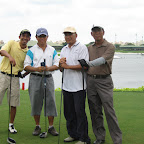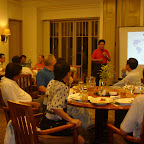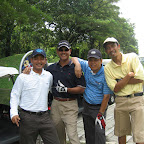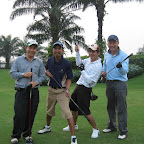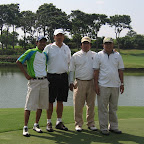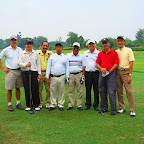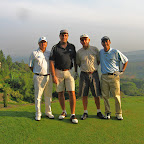Fine-Tune Your Stroke
 The ability to control putterhead speed translates into the ability to control the speed of the ball and, ultimately, your ability to make more than your fair share of putts. If your control has become shaky, here’s a two-part drill to help you get the ball rolling at the speed you desire.
The ability to control putterhead speed translates into the ability to control the speed of the ball and, ultimately, your ability to make more than your fair share of putts. If your control has become shaky, here’s a two-part drill to help you get the ball rolling at the speed you desire.
Drop a coin on the practice green, then place a ball about 10 feet from the coin. Now, survey the terrain from the ball to the coin. Make note if it’s an uphill, downhill or level putt. You should also note the break—is it straight or a left-to-right- or a right-to-left-breaking putt? Now, from behind or next to the ball, create a dynamic, mind’s-eye picture of the speed necessary to get the ball to stop no further than one putterhead-length past the coin (about four and a half inches).
Your task is to roll three putts from the same distance and stop all three within the space of the putterhead behind the coin. You can place a coin one putterhead-length behind the first coin to help you visually judge the exact distance.

 In everyday life, we rarely use both hands to accomplish a motor task. This is one of the reasons why putting with just one hand on the handle can yield positive results.
In everyday life, we rarely use both hands to accomplish a motor task. This is one of the reasons why putting with just one hand on the handle can yield positive results. Many amateurs are so consumed with anxiety about the incremental parts of the golf swing (grip, alignment, posture, setup, etc.) that they lose sight of the overall objective, which is to strike the ball squarely and forcefully. Let me suggest a method to alleviate this anxiety: Focus on the finish.
Many amateurs are so consumed with anxiety about the incremental parts of the golf swing (grip, alignment, posture, setup, etc.) that they lose sight of the overall objective, which is to strike the ball squarely and forcefully. Let me suggest a method to alleviate this anxiety: Focus on the finish. Most power tips I share with readers of Golf Tips® have to do with the physical components of generating speed and power in the golf swing. For this issue, the power tip is a mental one.
Most power tips I share with readers of Golf Tips® have to do with the physical components of generating speed and power in the golf swing. For this issue, the power tip is a mental one. In the boxing world, the fighter who can connect his rights has a good shot of knocking out his opponent. In golf, the same holds true, but instead of crosses and uppercuts, you need to connect your right hip and shoulder, a move that augments your balance, puts greater power into your swing and otherwise facilitates a pure, on-plane motion.
In the boxing world, the fighter who can connect his rights has a good shot of knocking out his opponent. In golf, the same holds true, but instead of crosses and uppercuts, you need to connect your right hip and shoulder, a move that augments your balance, puts greater power into your swing and otherwise facilitates a pure, on-plane motion.












